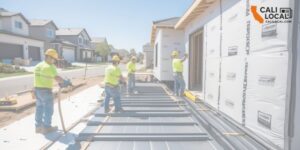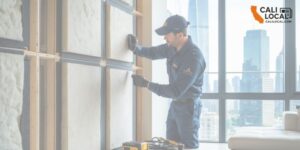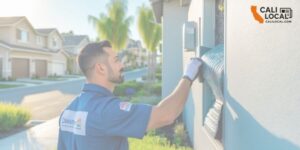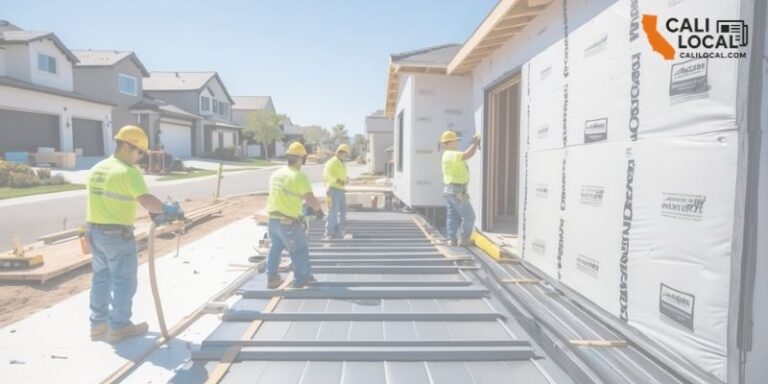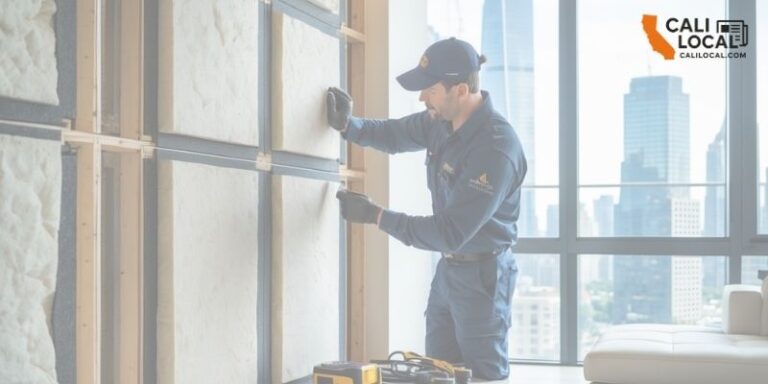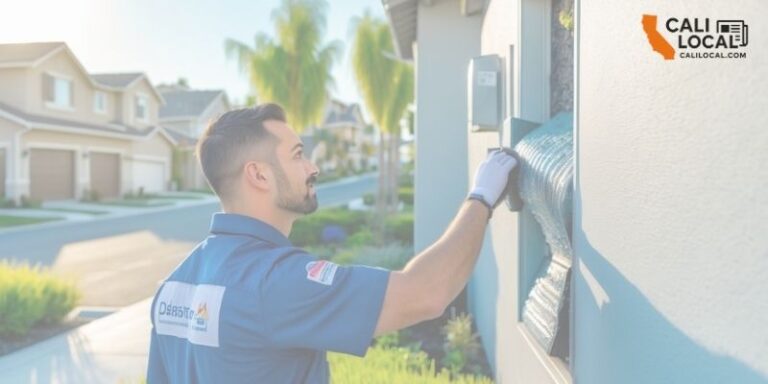Best Price Insulation in Calabasas offers affordable spray foam insulation designed to help families save on energy costs while improving home comfort. This budget-friendly option provides effective insulation without compromising quality, making it a practical choice for homeowners looking to lower utility bills.
Their foam insulation is energy-efficient, durable, and installed by certified professionals, ensuring long-lasting results for any home. Families benefit from reduced heating and cooling expenses, which makes this service appealing in a competitive market.
With a focus on providing reliable, cost-effective insulation, Best Price Insulation helps residents in Calabasas protect their homes and energy budgets with expert installation and trusted materials.
Affordable Foam Insulation Solutions for Calabasas Families

Foam insulation offers an effective way to reduce energy bills while improving comfort. It can outperform many traditional insulation materials by sealing gaps and providing better thermal resistance. Choosing the right type and installation method is key to maximizing savings and durability.
Spray Foam Insulation vs. Traditional Materials
Spray foam insulation seals walls, attics, and gaps better than fiberglass or mineral wool insulation. Unlike polystyrene or blown-in cellulose, it expands on application to fill cracks and hard-to-reach spaces.
Fiberglass insulation is cheaper but less effective at stopping air leaks. Mineral wool offers fire resistance but doesn’t provide the same airtight seal as spray foam. Spray foam’s durability and moisture resistance make it a good choice for Calabasas homes facing heat and occasional humidity.
Spray foam tends to have higher upfront costs than blown-in or batt insulation. However, its ability to reduce energy consumption by improving air tightness can balance that cost over time.
Energy Efficiency and Long-Term Cost Savings
Foam insulation improves energy efficiency by reducing heat transfer and air leaks. This can lower energy bills, especially for homes in warm climates like Calabasas, where air conditioning costs can be high.
An energy audit helps identify which areas need better insulation. Improving attic insulation and sealing leaks lowers energy consumption.
Cost considerations include initial installation fees and long-term savings on energy bills. Foam insulation, while more expensive upfront, often pays for itself through these savings. It also reduces maintenance costs by resisting moisture and pests better than traditional insulation.
Professional Installation and Home Improvement Benefits
Professional installation ensures foam insulation performs as intended. Trained installers apply spray foam evenly, maximizing coverage and preventing gaps.
Expert installation also follows safety standards, protecting the home and occupants from improper application risks.
Adding foam insulation can increase home value by improving energy ratings and comfort. It works with eco-friendly insulation options and supports better indoor air quality by reducing drafts. Proper installation ensures the system lasts longer, reducing the need for future upgrades.
Performance, Sustainability, and Diverse Insulation Options

Insulation materials vary in how well they control heat, resist moisture, and impact the environment. Choosing the right type depends on factors like climate, budget, and long-term savings. This section breaks down key factors such as thermal resistance, durability, and eco-friendly alternatives.
R-Value, Thermal Resistance, and Indoor Comfort
R-value measures an insulation’s ability to resist heat flow. Higher R-values mean better thermal resistance and improved indoor comfort. Closed-cell spray foam offers R-values around 6 to 7 per inch, making it one of the most effective insulations for walls and roofs. Open-cell spray foam has a lower R-value, about 3.5 per inch, but excels at air sealing and soundproofing.
Rigid foam board insulation, such as expanded polystyrene (EPS) or polyurethane, provides stable R-values and serves as a solid thermal barrier. Fiberglass batts and cellulose insulation typically range from 3 to 3.8 per inch in R-value. These options are budget-friendly but may need careful installation to avoid gaps.
Proper insulation helps reduce heating and cooling costs by maintaining a steady indoor temperature. In warmer climates, combining insulation with reflective foil or radiant barriers can further cut cooling expenses.
Moisture Resistance, Longevity, and Fire Safety
Different insulation types vary in moisture resistance and lifespan. Closed-cell spray foam is dense and acts as a strong air and moisture barrier, reducing risks of mold and water damage. Open-cell foam, while less moisture resistant, allows some vapor permeability, which can help in certain ventilation setups.
Fiberglass and cellulose insulation absorb water more easily, which can reduce their effectiveness and lead to mold problems if not installed properly. Blown-in insulation comes with a better fit for irregular spaces but may settle over time, affecting performance.
Fire safety is another concern. Many foam insulations require a thermal or fire barrier, like drywall, to meet building codes. Fiberglass and cellulose are generally less flammable, but cellulose is treated with fire retardants to improve safety.
Sustainable and Eco-Friendly Insulation Choices
Sustainability is a growing factor in insulation decisions. Cellulose insulation, made from recycled paper, offers an eco-friendly option with decent R-values and low environmental impact. It helps reduce landfill waste and limits use of harmful chemicals.
Recycled denim and other natural fiber insulations also provide greener alternatives with good soundproofing qualities. Closed-cell and open-cell foam use polyurethane, which has a higher carbon footprint but offers long-term energy savings due to high performance.
Loose-fill fiberglass insulation uses recycled glass but requires energy-intensive production. Reflective foil insulation contributes to energy efficiency by reflecting radiant heat but is usually combined with other insulations for full effect.
Balancing sustainability with performance and cost is key. Homes in Calabasas can benefit from choosing insulation that meets energy goals while minimizing environmental impact.
- Best Price Insulation
- 26635 W Agoura Rd, Calabasas, CA 91302, United States
- +18186964154
- https://bestpriceinsulation.com/
Frequently Asked Questions
Foam insulation improves home comfort and helps reduce energy expenses. It is available in various types and has environmental benefits. Installation speed and upkeep needs are factors homeowners should consider.
What are the advantages of foam insulation for residential properties?
Foam insulation creates a strong barrier against air leaks, keeping homes warmer in winter and cooler in summer. It also adds structural strength to walls. This type of insulation reduces noise from outside.
How does budget-friendly foam insulation affect energy costs?
Using affordable foam insulation can lower heating and cooling bills by reducing heat loss or gain. It helps HVAC systems work less, which saves money over time. The energy savings usually offset the initial installation cost.
What types of foam insulation products does Best Price Insulation offer?
Best Price Insulation provides spray foam insulation for walls and attics. They also offer blown-in foam and batt insulation. These products suit different areas and budgets.
Are there any environmental benefits to using foam insulation in my home?
Foam insulation improves energy efficiency, which lowers fossil fuel consumption for heating and cooling. Some foam types have low emissions and use eco-friendly materials. This helps reduce the home’s carbon footprint.
How long does the installation process of foam insulation typically take?
Installation usually takes one to two days depending on the size of the area. Smaller spaces can be completed in less time. The process requires professional equipment for proper application.
What maintenance is required for foam insulation once installed?
Foam insulation requires little to no regular maintenance. It should be checked occasionally for damage or moisture issues. Repair may be needed if there is any area damaged by pests or water leaks.


